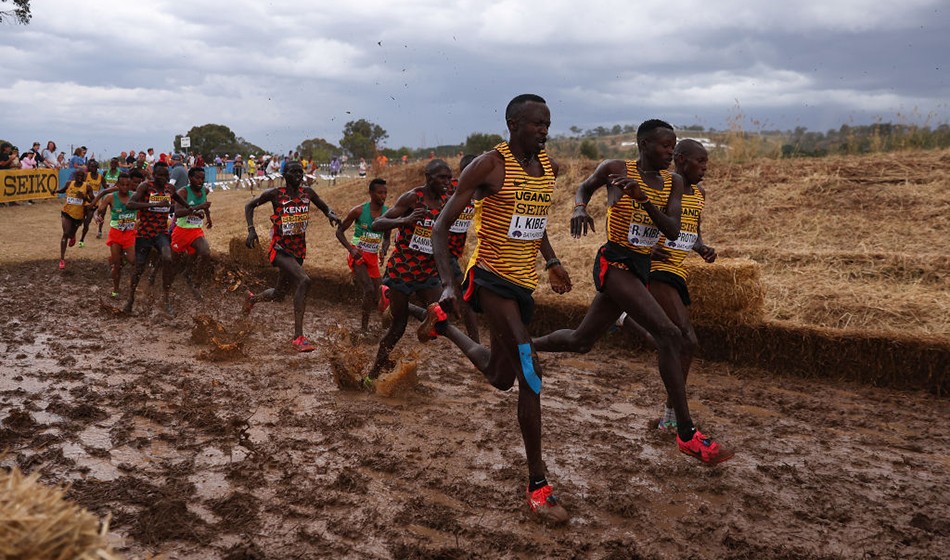Imagine doing a sport that is everyone else’s punishment. Well, that’s exactly what cross country running is – often viewed as just a test of endurance. However, it involves much more than just covering miles. Cross country demands a unique combination of mental resilience, intense training, and the ability to adapt to ever-changing terrains, from muddy trails to steep hills. Runners push their bodies to the limit by battling fatigue and doubt, all while working through a fine-tuned system designed for building speed, endurance, and strength. Yet, cross country is more than just a race against the clock; it’s a journey of personal growth, perseverance, and recovery from inevitable setbacks, making it one of the most demanding yet rewarding sports.
Like most sports, cross country involves more than just coming to practice. In particular, nutrition plays an especially important role for a cross country runner. Running so many miles takes a toll on the body and burns many calories. In response, a cross country runner must consume much more food than a normal person. A study has found that elite distance runners may have to consume between 500 and 1500 more calories per day than the average person. And while our high school team doesn’t consist of elite runners, they still have to consume much more food to compensate for their high energy expenditures.
Rest and recovery are equally important for runners and athletes in general. Injury is a major concern in any sport, and cross country isn’t any different. The repetitive nature of running is a contributing factor to overtraining, which happens when runners put too much stress on their bodies. Examples of possible injuries can include shin splints (stress on the shinbone), plantar fasciitis (stress on the bottom of the foot), and plantar tendonitis (stress on the tendons in the feet).
So far, Tenafly’s official cross country season has just started for the new school year, but a good portion of the team has been training since mid-July. This extra month and a half to two months of prior training before the start of the official season gives the runners a crucial head start for building a solid fitness base to succeed in the next grueling two months. Throughout the summer, most athletes were already running various long runs, workouts, tempos, and a fair share of easy runs, gradually increasing mileage every week. These early workouts are also important for getting into the shape that is required for tackling much harder runs later on in the season. One particular workout has been the 8×800-meter workout around the field behind the high school, with a mere 90 seconds of rest between each rep. The high school’s field is known for its uneven terrain as compared to the Gessinger track’s flat, favorable surface. This workout closely mimics the pacing and challenging conditions faced during actual races, making it a perfect preparation for upcoming meets.
Finally, the new freshmen have brought fresh energy and enthusiasm to the 2024 season. For many of them, this is their first exposure to the intense and structured training required for high school cross country, and they’re quickly learning the demands of the sport. The freshmen have also been integrating well into the team dynamic, finding mentors in upperclassmen who guide them through pacing strategies, recovery, and preparation for races. With only a few weeks into the official season, these younger athletes are already beginning to show improvement, which will be important in the months ahead.
But why should others consider trying it out? Cross country running offers a unique combination of physical, mental, and social benefits, making it a sport that fosters personal growth while building both mental and physical resilience. Scientifically, cross country significantly improves cardiovascular health, as runners engage both the aerobic and anaerobic systems. Running long distances across varied terrains helps enhance the body’s oxygen efficiency, improving heart and lung capacity, while more intense segments of races, like sprints or hills, activate the anaerobic system. This combination builds stamina and strength, allowing runners to perform at high levels across different courses and conditions.
In addition to these physiological advantages, cross country strengthens key muscle groups, especially in the legs and core. Running on uneven surfaces requires constant adjustments in balance, which works smaller stabilizer muscles that aren’t as engaged during road running. This not only improves coordination but also reduces the risk of injury by making the muscles more resilient to changes in terrain. These physical benefits go hand-in-hand with improved bone density, as running on softer, uneven ground strengthens bones without the high impact associated with harder surfaces.
While cross country is undoubtedly a demanding sport, it offers a multitude of benefits that extend beyond physical fitness. Runners cultivate not only their endurance and strength but also their mental resilience and friendships with teammates. The challenges faced on the trails and during races contribute to personal growth, fostering a sense of accomplishment and camaraderie among teammates. Ultimately, cross country embodies the idea that through hard work and perseverance, athletes can achieve remarkable transformations—both physically and mentally. As several runners of Tenafly’s cross country team often say, “the journey may be exhausting, but it is equally rewarding and undeniably fun.”















































































































































